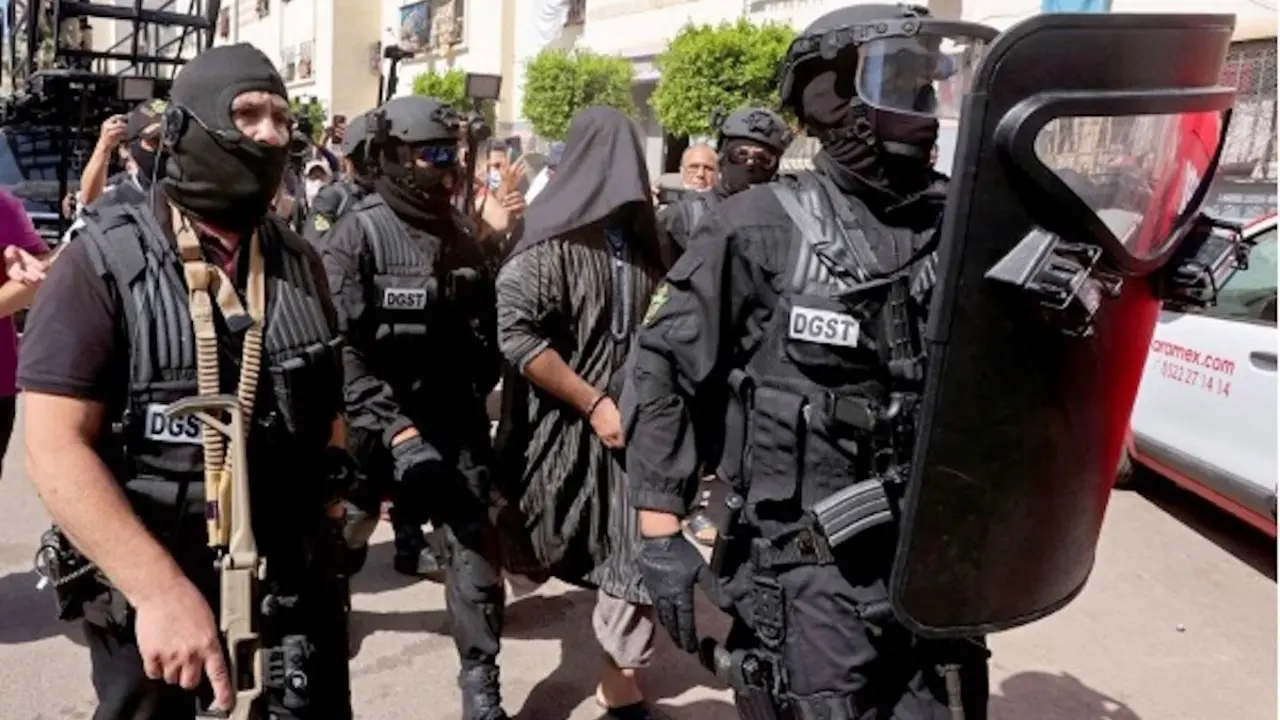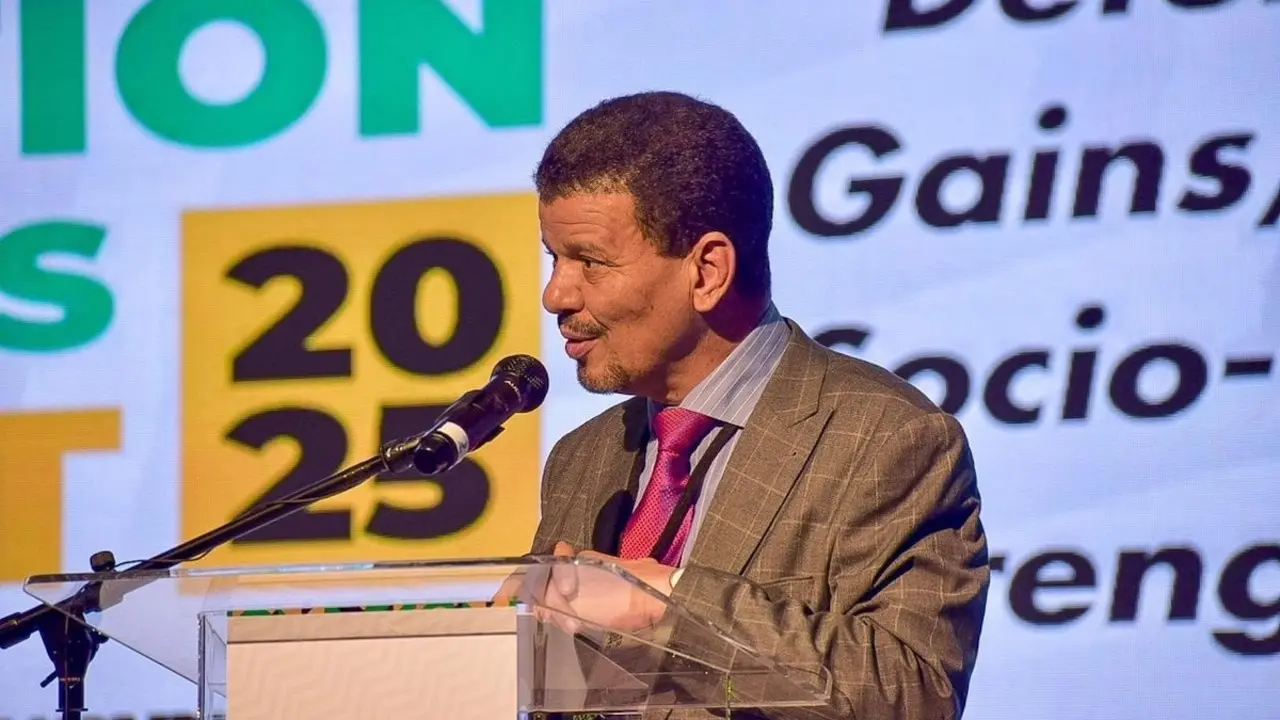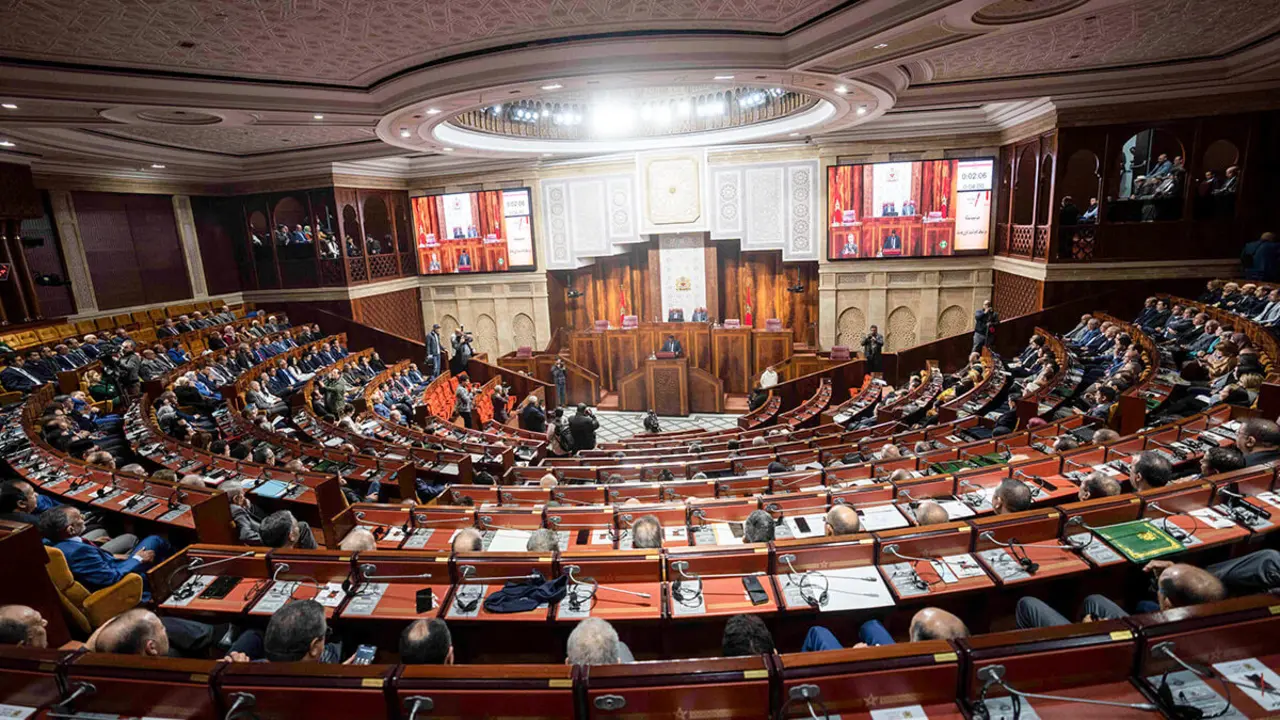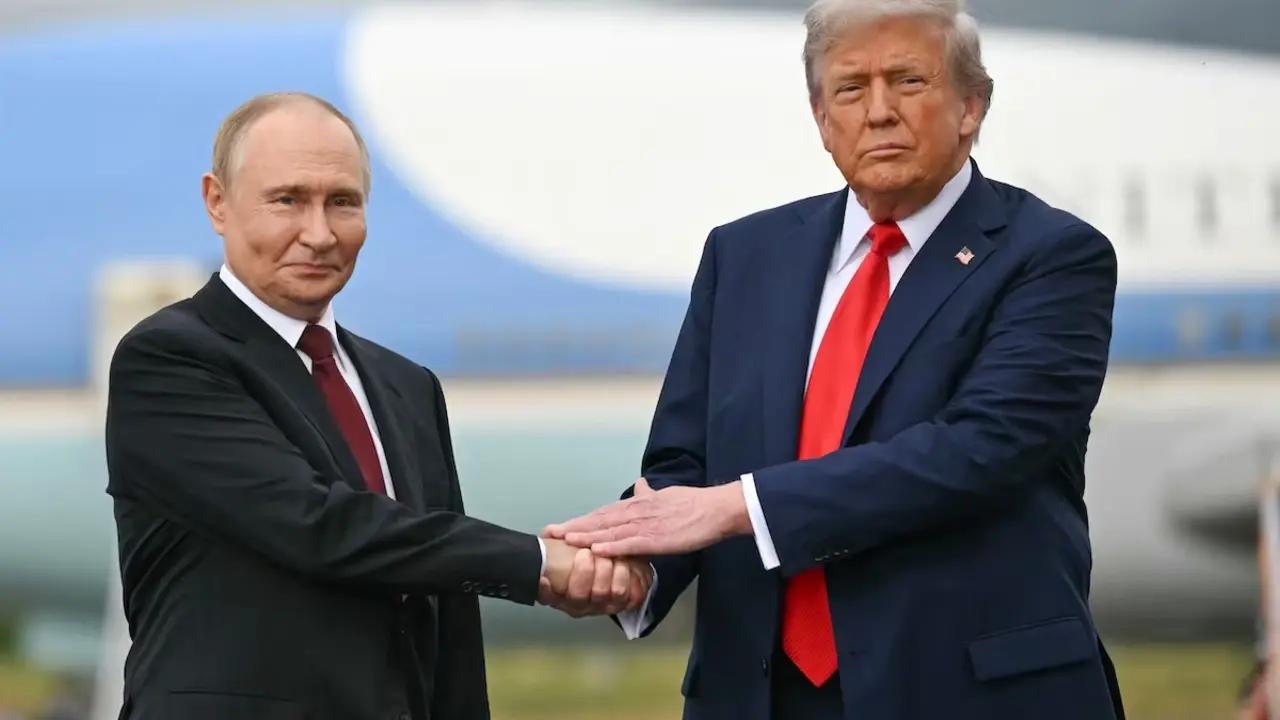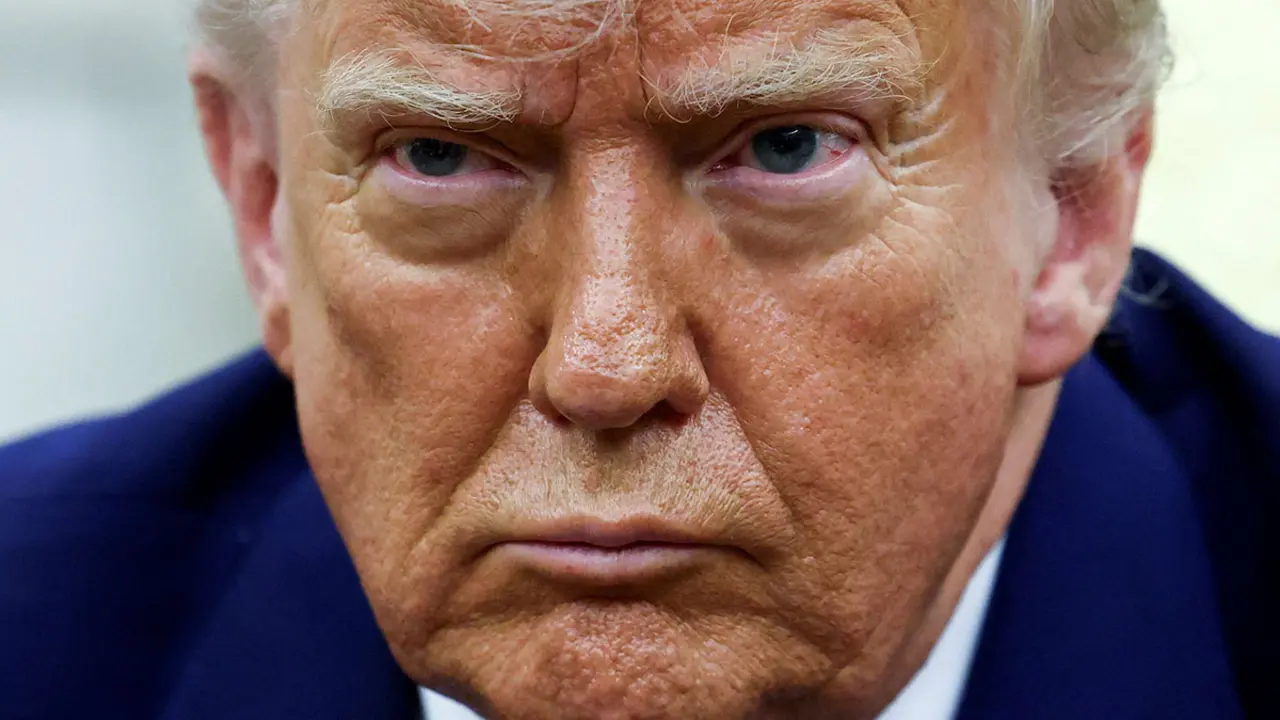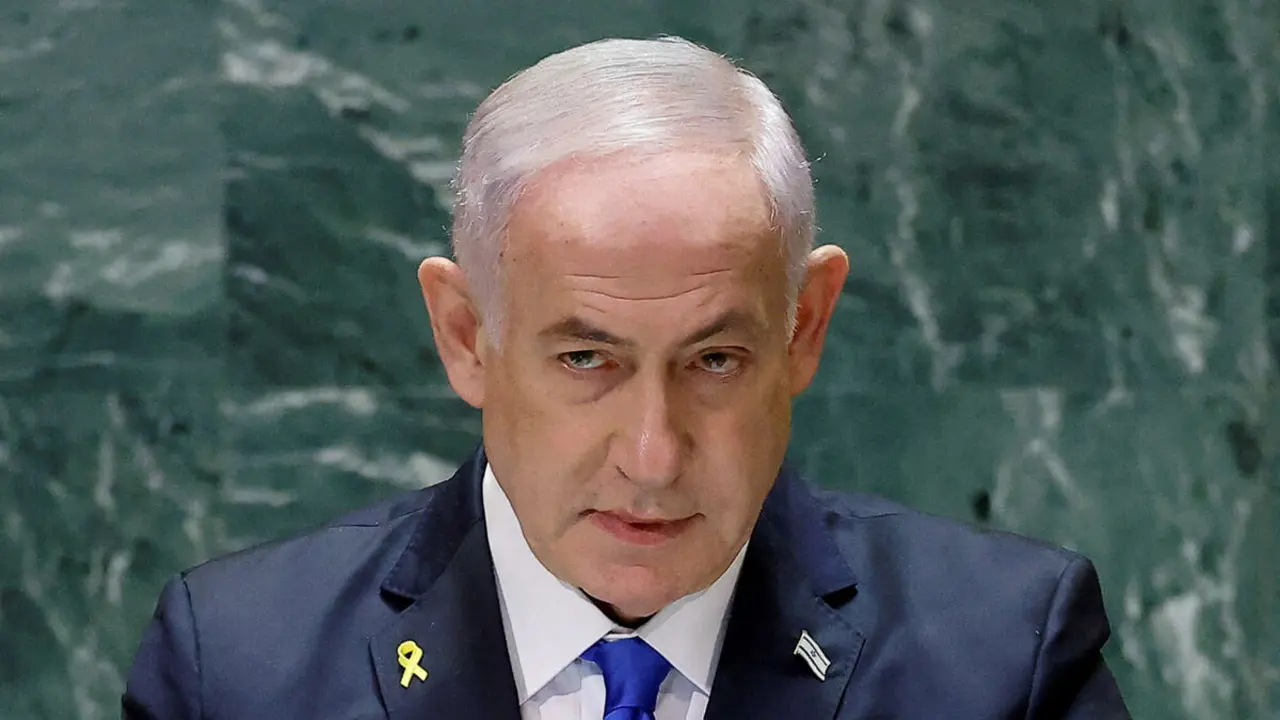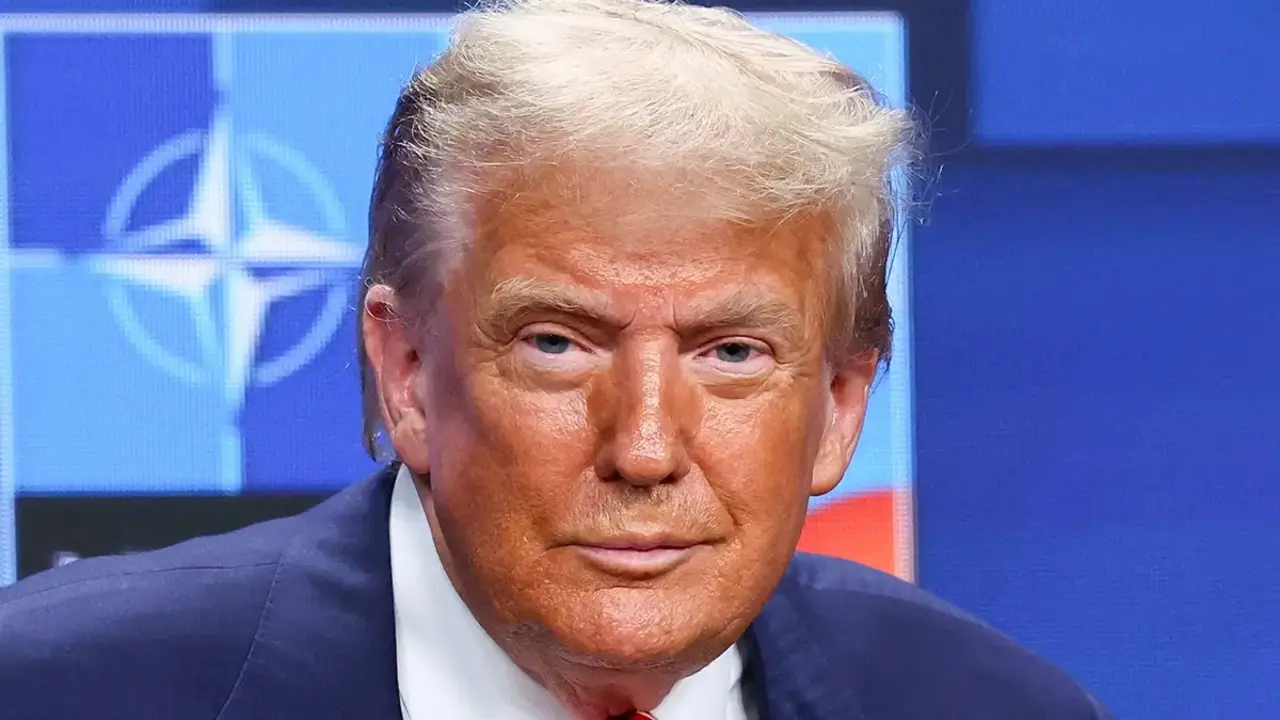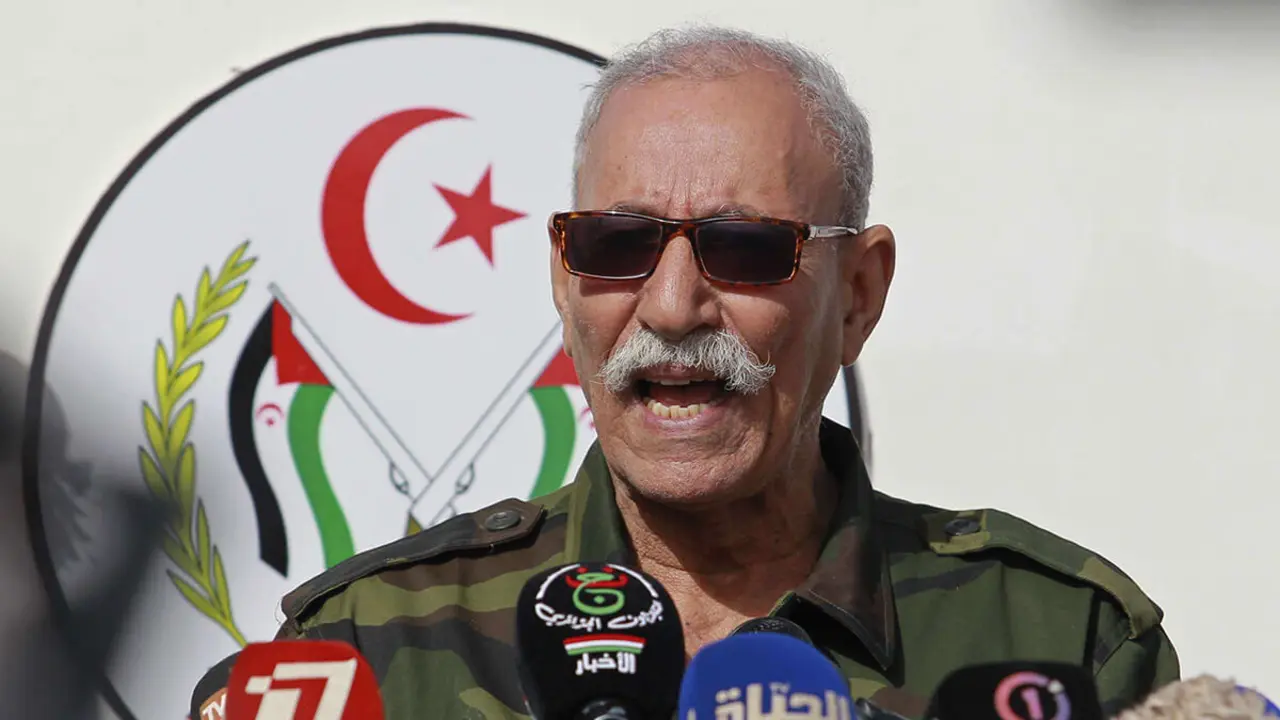Hibatullah Akhundzada in Afghanistan, possible candidate to lead Taliban government

The fall of Kabul to the Taliban on 15 August marks the beginning of the new Islamic State of Afghanistan. After days of chaos and turmoil in the Afghan capital and across the country, the fundamentalists are making themselves known for the first time in many years. Although there is not yet a government formed in Afghanistan by the Taliban, there are already some key men, including Mawlawi Hibatullah Akhundzada, Mula Abdul Ghani Baradar Akhund and Zabihullah Mujahid. Hibatullah is the Taliban's third supreme leader, appointed in 2016 after his predecessor, Akhtar Muhammad Mansour, was killed in a US drone strike in Pakistan's Balochistan province.
Akhundzada is believed to be in his 60s and has lived most of his life inside Afghanistan. However, according to experts, he has close ties to the so-called Quetta Shura, the Afghan Taliban leadership that claims to be based in the Pakistani city of Quetta. The Islamist movement, which gained control of almost the entire country on 15 August, still insists on rejecting this claim, saying its leaders remained in Afghanistan. They claim that the Taliban chief has been travelling from Kandahar, the birthplace of the Taliban movement, to various provinces of Afghanistan in recent years. The Taliban's confirmation of their leader's presence in Afghanistan demolishes the thesis that Hibatullah was killed in Pakistan.
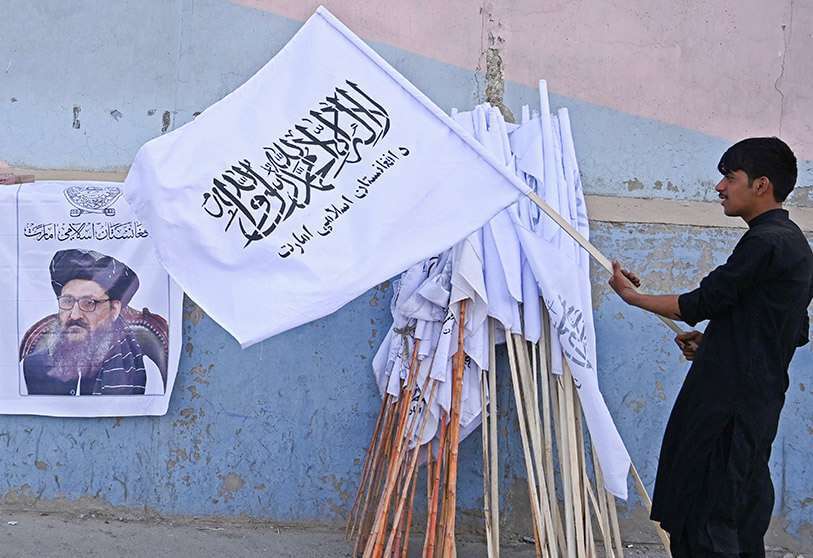
Some of these leaders, who are regaining power after insurgent rule between 1996 and 2001, have barely shown themselves in public until now, a way of protecting themselves from US drones. The Taliban's supreme leader, the mullah is currently in Kandahar province, and is expected to appear in public, ending the two-decade-long clandestinity of the movement's top leaders. This is the first time in the last 20 years that the Taliban have revealed the location and presence of their supreme leader in a specific place, after the US invasion collapsed their regime in 2001. Only a few images of the leader, with a long black beard, circulate on the internet, although he is recognisable from the annual audio and text messages he usually posts on the eve of Muslim festivals.
At a very young age, Taliban supreme leader Mullah Hibatullah Akhundzada took up arms in Afghanistan and led the armed struggle against the Soviet occupation, which ended in 1989 after almost a decade of conflict and thousands of soldiers killed. During the Taliban regime, led by Mullah Omar, Hibatullah served as Vice President of the Supreme Court of Afghanistan and Chief Justice of the Supreme Military Court. Akhundzada was entrusted with the daunting challenge of unifying an insurgent movement that was briefly fractured during a bitter power struggle following the assassination of his predecessor and the revelation that the leadership had for years concealed the death of Taliban founder Mullah Omar.

The US invasion in 2001 in response to the 9/11 attacks led to the overthrow of the Taliban and the flight of many of their leaders to neighbouring Pakistan, as was their case. For years, the Afghan government and international allies continually claimed that the entire Taliban leadership, including its supreme leader, was hiding in Pakistani cities, particularly in the city of Quetta, the capital of Baluchistan. Mullah Hibatullah, the current head of the Taliban's judicial system, ran an Islamic seminary in Pakistan's Balochistan Province.
Akhundzada's arrival in Afghanistan after more than two decades heralds the beginning of a new era in the Central Asian country, and the imminent formation of the new Taliban government. As evacuations become more and more complicated by the day, thousands of people crowd the airport entrance with the only hope of being able to leave the country. The worst predictions for Afghanistan indicate that despite the renewed image the Taliban want to present to the international community, the reality on the ground is very different, and that when the last foreign troops and personnel leave the country, darkness and terrorism will return to the Central Asian country.

